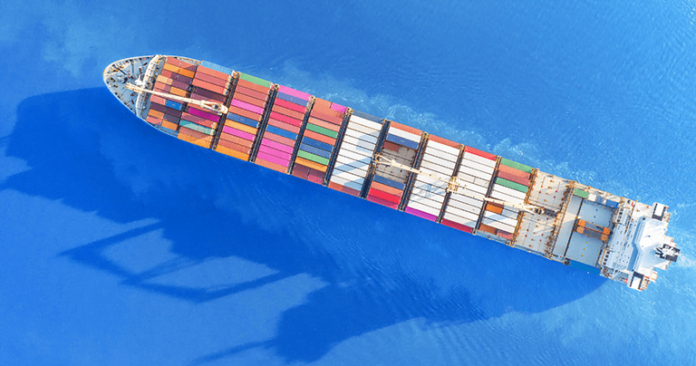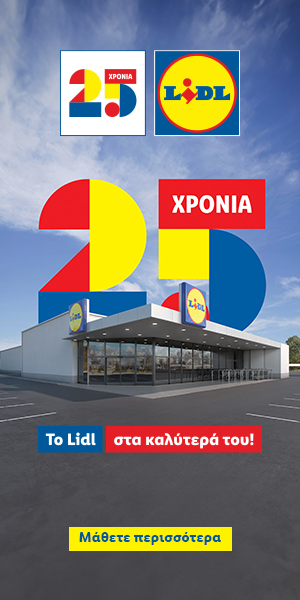
Shipowners must shape their business strategies to reflect tightening environmental controls, writes Vassilios Kroustallis, ABS Senior Vice President, Global Business Development
Regulation is a constant presence in the global shipping industry and the changes taking place at present will do much to forge the operational landscape in the coming decades. The environmental regulations already in the process of implementation and those still under development represent a radical shift towards lowering and ultimately removing carbon emissions from the industry.
And unlike some previous regulations that set a baseline and remain in place, the International Maritime Organization’s (IMO) carbon reduction targets will see restrictions tighten as the years progress, while new regional rules bring shipping into the European carbon market for the first time.
At the same time, the process of reducing sulfur oxide (SOx) emissions that began in Europe and spread to the US will be further extended if a new ECA for the Mediterranean Sea is adopted.
IMO GHG strategy
Influential IMO member states have proposed that IMO should adopt an ambition of zero emissions for the international shipping sector by 2050, together with strengthening the level of ambition for 2030, and introduce an additional level of ambition in 2040 to ascertain that the full transition to zero-emission shipping is realized in 2050. Discussion on revision of the strategy will continue at the upcoming Maritime Environment Protection Committee (MEPC) meetings with the aim of a finalized and adopted text at MEPC80 in summer 2023.
The IMO’s ‘midterm measures,’ include the International Maritime Research and Development Board (IMRB) supported by flag administrations and most shipowners’ associations. Funded by a mandatory payment $0.624/tonne of CO2 emissions corresponding to about $2.00/tonne of liquid fuel oil (marine gasoil (MGO), marine diesel oil (MDO), light fuel oil (LFO), and heavy fuel oil (HFO)) purchased, about $5 billion will be gathered over the life of the program, to be invested in research and development projects for decarbonization
The Marshall Islands and Solomon Islands have suggest- ed a more aggressive version, with a mandatory payment of $100/tonne CO2 equivalent by 2025 and upward ratchets on a 5-year review cycle.
The International Maritime Sustainability Funding and Reward (IMSF&R) mechanism is the alternative proposal supported by China. The proposed system is designed on the basis of the existing CII mechanism where funding contributions will be collected from ships with actual CO2 emissions above the upper benchmark level and would be used to reward the superior players with emissions below the reward benchmark level, for RD&D and technology transfer and for capacity building and negative impact mitigation in developing countries.
On the other hand, Japan is proposing the Zero Emission Vessels (ZEVs) Incentive Scheme where revenues raised by carbon levy will be used as rebates for incentivize the uptake of zero-emission fuels. A levy rate well below $100 per tonne of CO2 would likely ensure revenues to provide sufficient levels of incentives at least in the initial period, as the analysis assumes rapid deployment of zero-emission fuels.
An Emission Cap-and-Trade System (ECTS) is proposed by Norway which once established a cap on emissions would ensure annual reduction of total GHG emissions following an agreed pathway aligned with the ambitions of the Initial IMO Strategy. The annual cap will determine the total amount of Ship Emission Units (SEUs) which will be made available for ships. The surrendering of SEUs equivalent to a ship’s will result in substantial revenues
Finally, the GHG Fuel Standard (GFS) is the European Commission proposal supported by the EU member states for a technical goal-based measure to help ensure that the demand for low- and zero-GHG fuels from the shipping sector will increase. The GFS would require all ships above a certain size limit, to use fuels (or other energy sources) which have a Well to Wake (WtW) GHG intensity at or below a certain limit value over a compliance period. The GFS would be strengthened over time in accordance with the 2050 trajectory line.
Well-to-tank, tank-to-wake
Also important to monitor will be development of lifecycle GHG-carbon intensity guidelines (LCA) aimed to incentivize the uptake of sustainable alternative low-carbon and zero-carbon fuels. These guidelines provide well-to-tank and tank-to-wake GHG emission factors for all fuels and electricity used onboard a ship (see accompanying figure).
Although well-to-tank emissions are not accounted for in international shipping, LCA guidelines will provide in- formation to ship-managers and charterers on the sustain- ability of the fuels, both for GHG and other emissions, so they can make informed fuel-selection decisions.
Tank-to-wake emissions now include methane (CH4) and nitrous oxides (N2O)-equivalent CO2 emissions. Fugitive emissions such as methane slip also are being considered with the introduction of a slip factor expressed as percent of fuel mass, while default emission and slip fac- tors per fuel type and engine-converter type are proposed.
A carbon source factor (SF) may be introduced ac- cording to Intergovernmental Panel on Climate Change (IPCC) accounting principles when calculating tank-to- wake GHG emissions. This factor determines if tank- to-wake CO2 emissions should be accounted for in the IMO GHG inventory for international shipping (SF = 1) or not (SF = 0). For properly certified biofuels and fuels produced with carbon capture, in which the captured CO2 is accounted for in national GHG inventories of any United Nations Framework Convention on Counter Change (UNFCCC) member countries, the SF may be zero.
EU impact
The European Union’s ‘Fit for 55’ package of measures and in particular, the extension of the EU Emissions Trading Scheme (ETS) to shipping and the FuelEU Maritime regulation are subject to negotiation in Brussels.
Concerning the revision of the EU ETS, discussions include the definition of the ‘commercial operator’ in a bid to make charterers equally responsible for carbon emissions as well phasing-in implementation. During the vote in the European Parliament’s ENVI Committee of 17 May 2022, amendments on the draft regulatory text agreed which aim to:
- introduce methane (CH4) and nitrous oxides (N2O) in addition to CO2,
- include shipping in the ETS from 2024 without a gradual phase-in
- implement the measure from 2027 to smaller ships with gross tonnage between 400 to 5000.
- create a sector-dedicated fund (‘the Ocean Fund’) and to earmark 75% of the revenues generated by the shipping allowances to the energy transition of the sector.
- cover 100% of all voyages within, to and from the EU/EEA from 1 January 2027. Until 31 December 2026, only 50 % of the extra-EU voyages are covered.
- introduce protection measures against carbon leakage.
- introduce a process to withdraw the measure (or parts thereof) if a global market-based measure is introduced by the IMO.
The European Parliament is expected to vote on the agreed text in early June and trialogues could potentially begin as early as during or after the summer. Once implemented, operators will face volatile compliance costs based on the fluctuating carbon price which reached almost 100 euros/tonCO2 at the beginning of February, fell to around 60 Euros/tonCO2 due to the war in Ukraine and quickly recovered to around 85euros/tonCO2.
Regarding FuelEU Maritime Regulation the European Parliament’s TRAN Committee continuous its debate on the numerous amendments tabled to the proposed regulatory text. Discussions include:
- to lower the ship-size threshold from 5,000 gross tons (GT) to 400 GT,
- the role of the independent verifier for the penalty calculation.
- to double the intensity reduction targets during the first years
- to extend the scope to 100% extra-EU voyages
Going forward, the TRAN Committee will continue to work through the amendments tabled with their vote scheduled for 11 July, and plenary in September. Operators however have already started calculating compliance costs and considering fuel-compliance options. Fossil LPG and LNG burned in engines with low methane slip seem to be compliant options for many years based on default values provided into the draft regulatory text for calculation of GHG intensity.
A New ECA
Another consideration for operators planning fuel selection strategy, is that countries bordering the Mediterranean Sea have proposed designating the Mediterranean Sea as an SOx ECA. The proposed ‘Med SOx ECA’, would operate in accordance with Regulation 14 and Appendix III of MARPOL Annex VI, to take effect Jan. 1 2025, setting the sulfur content of fuel oil used on board a ship within its boundaries not exceeding 0.10% by mass.
Specifically, the proposed Med SOx ECA includes all waters bounded by the coasts of Europe, Africa, and Asia, as well as:
• The western entrance to the Straits of Gibraltar.
• The Dardanelles Straits.
• The northern entrance to the Suez Canal.
The designation of the proposed Med SOx ECA is sup- ported by an acknowledged need to prevent, reduce, and control emissions of sulfur oxides and particulate matter from ships.
Conclusion
Headquartered in Athens and serving the global industry, the objective and mission of the ABS Regulatory Affairs department is to support our clients in coping with forthcoming regulations and providing to the regulators the feedback from ship operators in order to assist in the development of a fair regulatory framework, assuring level playing field.
We have already started working with shipowner associations and the department has a new, additional objective to enhance ABS’ engagement with administrations and regulatory bodies and support the industry with compliance guidance offering detailed insight and guidance on the impacts of today’s unprecedented and dynamic regulatory environment.






